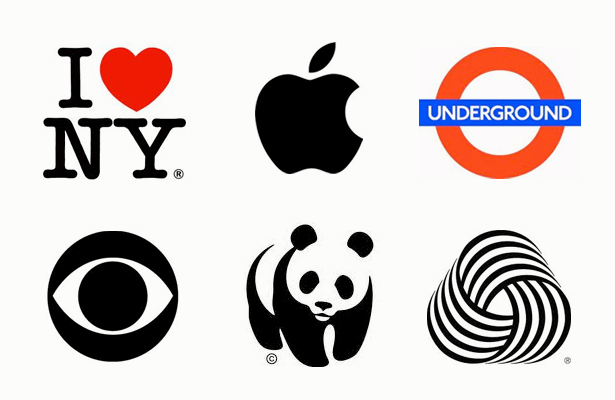We live in a golden age of design. Computers have given us powerful tools to push the boundaries of possibility while reducing the learning curve, bringing droves of new talent into the industry. Computers have also given designers an awareness of the design community's work– with the means to criticize that work as soon as we see a glimpse of it on the web: instantly, instinctively, and quite often ignorantly.
Armin Vit at UnderConsideration recently wrote on the outrageous reaction to the redesigned Verizon logo:

Had this new Verizon logo been created by Unimark during their heyday we would be collectively ponying up almost a million dollars for its guidelines and we would hail it as a classic. Seriously, take your fingers off of your keyboard for a minute before you type “this sucks” and think about it. Isn’t this the wet dream of every designer who praises the neutrality and perfectness of Helvetica? It’s one of the largest corporations in the world and it’s going the full Swiss style and y’all are complaining?
Vit is pointing out the hypocrisy of designers who will lament over their American SMB clients not seeing the brilliance of black sans serif type on a white background, yet react with such phrases as “I could do better than that in Microsoft Word” to a giant, boring American corporation signing off on such a minimalist identity.
A valid observation. I am interested though in the why. Why do designers fund a Kickstarter for reissues of the NYCTA Graphics Standards Manual that Vit describes as an “orgy of Helvetica” and a campaign to preserve NASA’s worm logo, yet foam at the mouth in righteous indignation when one of us uses the iconic font or creates something we don’t “get” right away? (By the way, the new Verizon identity is in Neue Haas Grotesk, not Helvetica, but I digress.)
I fear designers, with our aggrandizing live tweeting of conference talks and “THIS”-ing of Medium rants, our Pinterest boards of inspiration and double-tapping of black-inked typographical murals, have become too smart and too self-aware for our own good. We subconsciously think we have reached a state of judgement where we can give another designer’s work a once-over and raise or lower our thumb in perfect confidence of correctness; simply because it does not match the visceral appeal of what we are accustomed to seeing in our cultivated circles.



